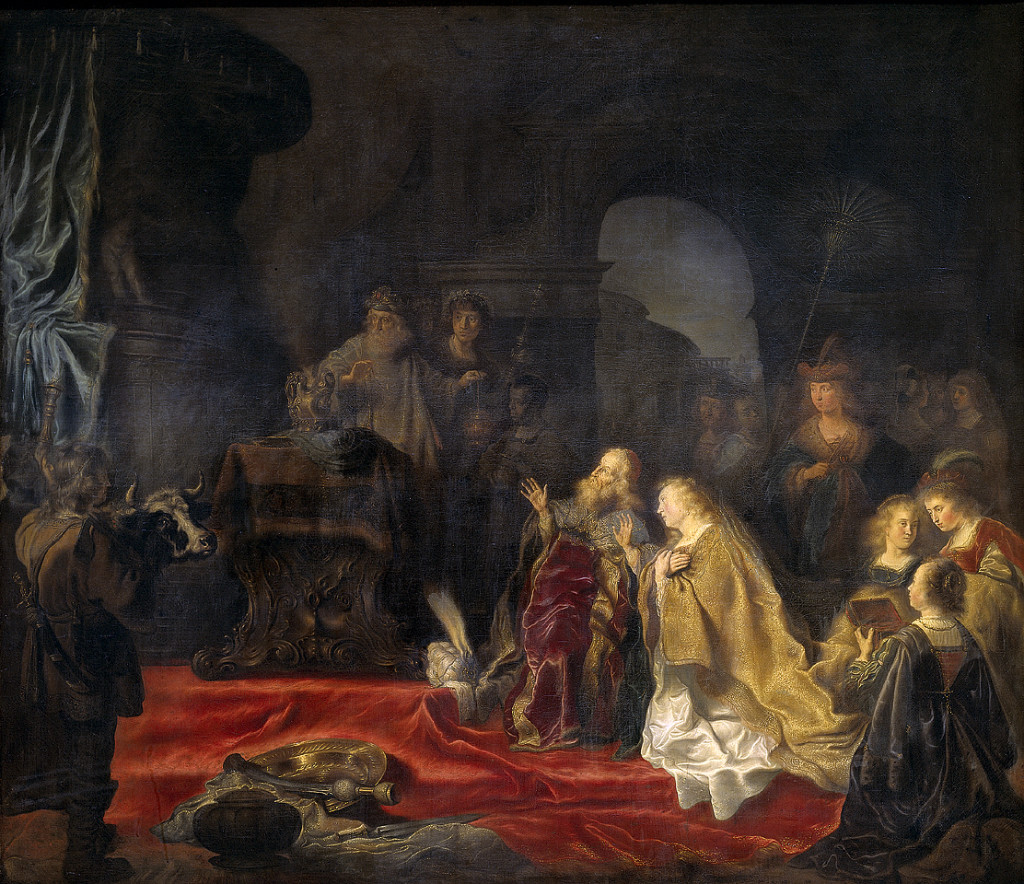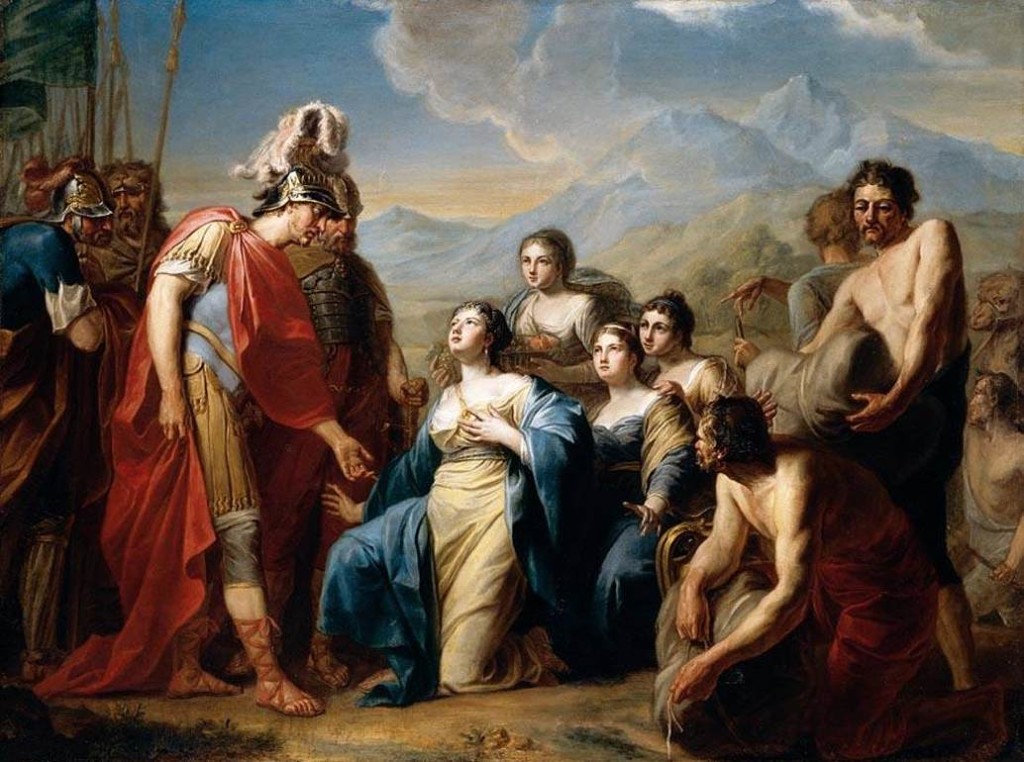The boundaries of entire lands and the nature of their ancient civilizations can be made clear by following clues in the Bible. It is almost as if one waves a magic wand over a blank area of the earth, and it becomes filled with roads, cities, people,and all the paraphernalia of throbbing life.
It was formerly thought that the entire Negev desert area had always been an uninhabited wasteland. This assumption stemmed partly from bearing in mind only one of two major descriptions in the Bible of the extent of the kingdom of israel. The one that everybody remembers reads: “And Judah and Israel dwelt safely, every man under his vine and fig tree, from Dan even unto Beersheba, all the days of Solomon” ( I Kings ).
The description that no one paid much attention to, and that almost everyone was inclined to dismiss as an exaggeration, states that Solomon’s territory extended “from the entrance to Hamath to the Brook of Egypt” ( I Kings), which means from southern Syria to the major north-south, dry-stream-bed system of the Wadi el’ Arish dividing Sinai into two natural geographical parts.
Which of the statements dealing with Solomon’s kingdom was true? It would seem from superficial examination of these two passages that our belief in the validity of historical memory in the Bible is untenable. The fact is, however, that both of these statements are literally correct. The “Dan to Beersheeba” description refers to the comparatively lush, fertile interior of Solomon’s kingdom. The “Brook of Egypt” description includes the outer reaches which, archaeological investigation has demonstrated, Solomon controlled with an iron hand, as did some of his successors on the throne of Israel.

—This painting, King Solomon’s idolatry, shows a scene from 1 Kings 11:1-13. Solomon’s ‘many strange wives’ tempted the old – here not so wise – king into worshipping their pagan gods with incense and sacrifices. Obviously, this did not sit well with the powers that be: ‘the LORD was angry with Solomon, because his heart was turned from the LORD God of Israel’. God’s punishment was merciless: Solomon’s kingdom would be split and given away.
Idolatry scenes were a popular subject in Dutch 17th century history painting. In this 1644 canvas, Salomon Koninck (literally: Solomon King!) shows some typical accessories of idolatry scenes: a priest with a censer, a servant holding a sacrificial bull and a slave holding a sunshade. Koninck’s style is Rembrandtesque, with the kneeling king and his lady highlighted by an invisible source of light. While they worship the pagan god of the furnace, the periphery fills up with more wives. —click image for source…
Even without archaeological corroboration, it could have been figured out from the Biblical evidence alone that Solomon had to control the area between Beersheba and the Brook of Egypt, which comprises all of the Negev and half of Sinai, because otherwise he would not have been able to conduct and protect his far-flung enterprises. We know that Solomon was a horse trader of magnitude. He engaged in a three cornered trade which involved shipping horses from the Asia minor gateway of Hittite Cilicia to Egypt in return for chariots and other goods which he then disposed of in the marlets of Syria for cash or crops he needed for Israel. His caravans had therefore to cross the wide and little inhabited reaches of Sinai and the Negev. To protect them, he built rows of fortresses and police posts. To house them, he erected caravanseries. To provide water for them, he had cisterns dug. And the same arrangements had to be established to secure his line of communications with his distant outpost of Ezion-geber on the north shore of the Gulf of Aquaba, and to protect caravans such as that of the Queen of Sheba, which carried “spices and very much gold and precious stones” ( I Kings) from Arabia to Jerusalem.






 COMMENTS
COMMENTS